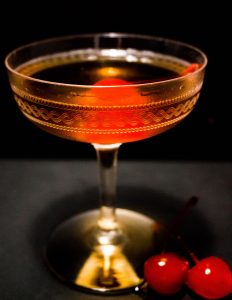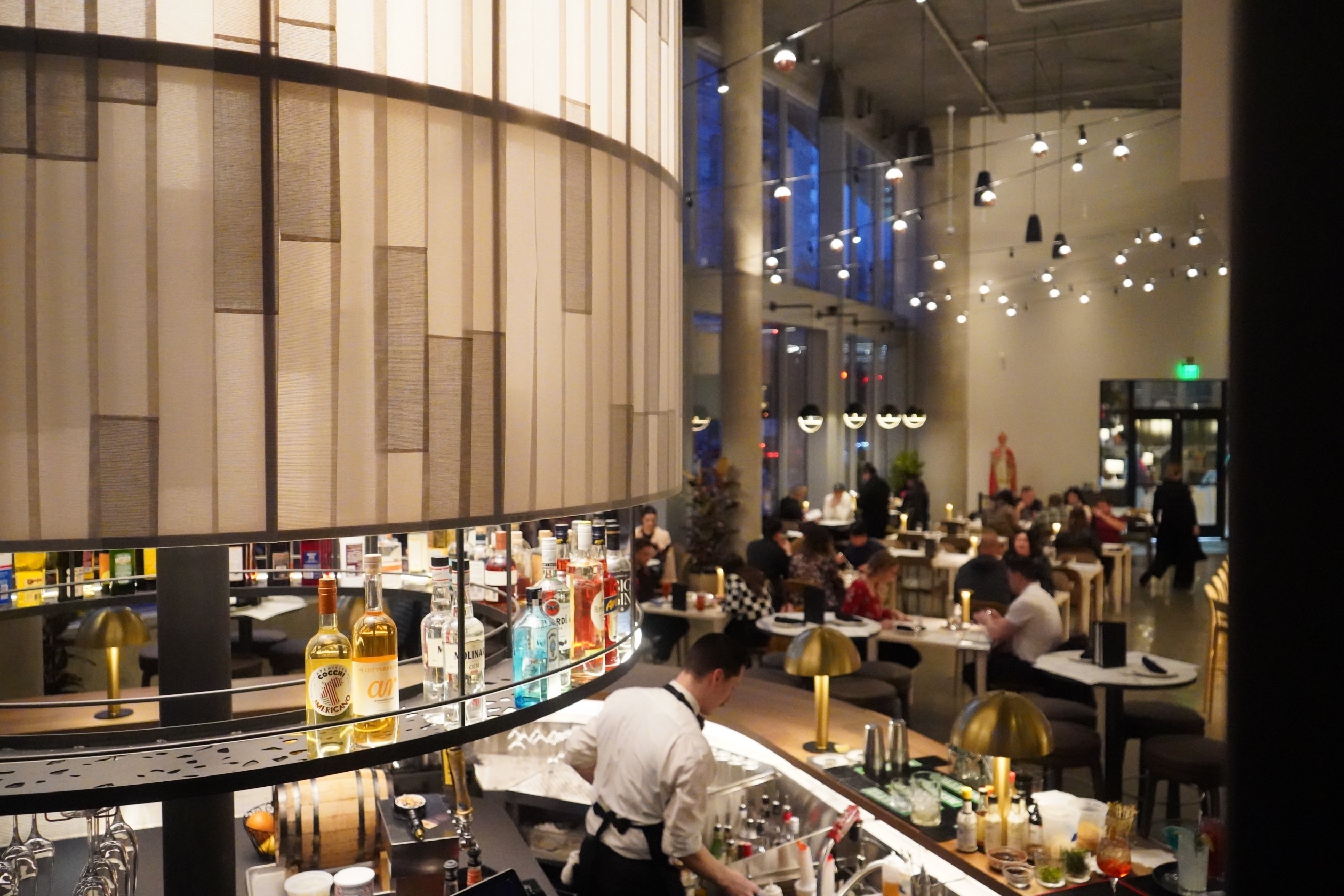Take two roommates who’ve been friends for 20 years. Add the fact that their Seattle homes are five blocks apart. Mix in one person’s expertise in marketing and design, complemented by the other’s law and engineering background. The result: A recipe for a hand-crafted business that’s as vibrant, robust and enjoyable as its products.
Meet Anne SanGiovanni and Heidi Stender, co-founders of Orasella Maraschino Cherries. Orasella uses local Washington cherries, carefully hand-picked and preserved in maraschino liqueur, free of dye, artificial ingredients and hardening agents. In two years, the duo turned a casual idea into a burgeoning business that is elevating the much-maligned cocktail and dessert garnish into a product of pure joy.
Preserved in the liqueur that bears its name, the maraschino cherry owes its roots to the marasca, a small, sour, black cherry that grows wild in the sandy soil of Croatia and can be also found in northern Italy, Hungary and Slovenia. In the early 1900s, marinated cherries used as cocktail garnishes were all the rage in the U.S. But during Prohibition, it became difficult to find the liqueur to marinate the fruit. Alternatives were sought with unfortunate results.
Today’s commercially produced maraschino cherry is typically bleached in a solution of calcium chloride and sulfur dioxide, marinated in a vat of high fructose corn syrup, and colored with dye. The cherries are injected with a plastic molded stem and even worse, seldom contain any actual maraschino liqueur.
SanGiovanni and Stender were determined to change all that. The idea for Orasella came about over a shared meal, when the friends were discussing why craft cocktails should be saddled with such an unappealing and tasteless garnish. Just for fun, they decided to try to create a better maraschino cherry.
As it so happened, San Giovanni grew up in Yakima, Wash., one of the country’s premiere agricultural regions and a major producer of cherries. In fact, Washington state grows more sweet cherries than any other area of the country. Although she now lives in Seattle, her brother owns 20 acres of property in eastern Washington, complete with cherry, apple, pear and peach trees.
Both SanGiovanni and her husband have family from the Abruzzo region in central Italy. “My husband’s family is extremely Italian. It was my mother-in-law who shared her family traditions and taught me the art of Italian cooking,” she said.
After earning an undergraduate degree at Notre Dame, where she and Stender were roommates, and a graduate degree in design from Carnegie Mellon, SanGiovanni returned to Washington state. She spent 15 years in marketing, most recently as a brand strategist—skills she put to good use in her new business.
In 2014, the friends launched Orasella, whose name is a combination of their maiden names. That first year, the partners did a lot of testing. “We picked about 250 pounds of fruit and experimented with preserving them, using a traditional Italian recipe,” said SanGiovanni. “In the process, we found that we needed really black cherries that could hold their color and still be able to impart a rich hue to the liquid.”
The cherries from her brother’s property did not fit the bill. After testing other cherries, they found two varieties that would hold their shape, withstand processing and give the liquid a beautiful, deep garnet color.
Next they tackled the stems, trimming them to different lengths in search of the perfect little “handle” that would make it easy to pull the fruit out of the glass. They found a one-centimeter length worked best. The pair also tested combinations of sweetness and acidity, alcoholic and other flavorings, looking for just the right blend.
Similar to the hands-on approach they took to product development, the partners also took a personalized approach to marketing. “We handle our own distribution,” said SanGiovanni. “We meet one-on-one with bar owners and managers, dropping off orders and listening to their feedback.” Currently, Orasella cherries are sold in five craft bars and four retail environments, along with limited online distribution.

As more customers were added to the network, it became clear that the company needed to ramp up production while still maintaining product integrity and quality. Enter Chris McMullen, an industrial designer, who built a custom cherry-pitting machine based on specifications outlined by the partners. The machine had to pit the cherries and trim the stems and also be portable enough to transport each season to the commercial kitchen in Seattle.
The cherry pitter, used for the first time last year, worked like a charm. The cherries are hand-checked for ripeness and quality and then placed one-by-one on a conveyor belt in an indent designed to cradle the fruit. The machine trims the stems uniformly, scores the underside of the fruit to expedite the pitting, and drops them gently into a bucket. The cherries are quality-checked a second time, packed tightly into jars, covered with hot syrup and left for two weeks to stabilize flavors and coloring.
The cherry season is short, only 5 to 6 weeks, and the fruit is all locally sourced. The company is taking orders now for shipment in September. Last year, the retail supply sold out in eight weeks.
SanGiovanni gives high marks to the support they receive from their customers. “Our bars have been amazing, even going so far as to list our product on the bar menus,” she said. “We consider them our partners.”
This close customer relationship mirrors the bond that exists between the two business partners, women who took a local product and turned it into a sophisticated and delicious garnish, building a pretty sweet business along the way.































